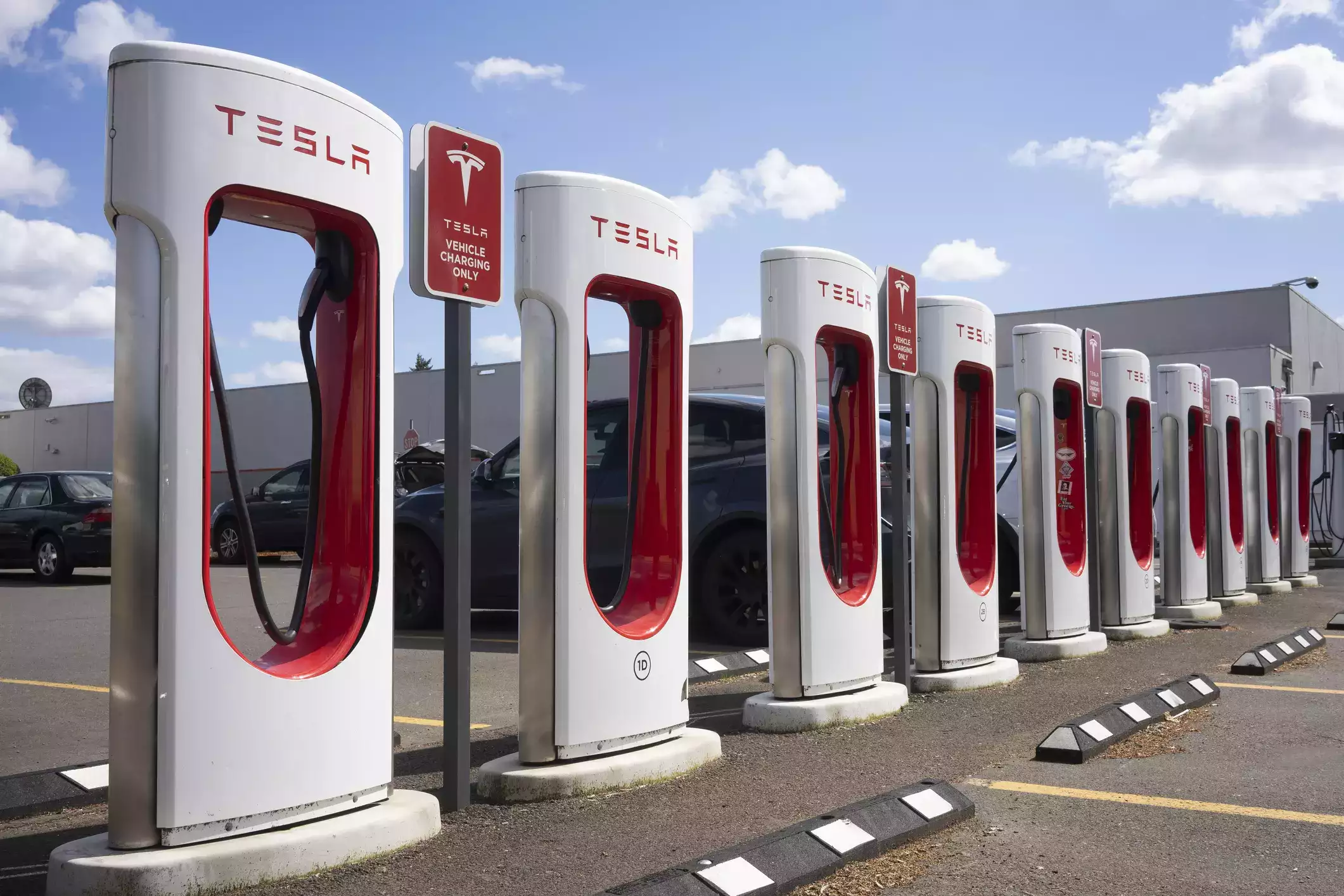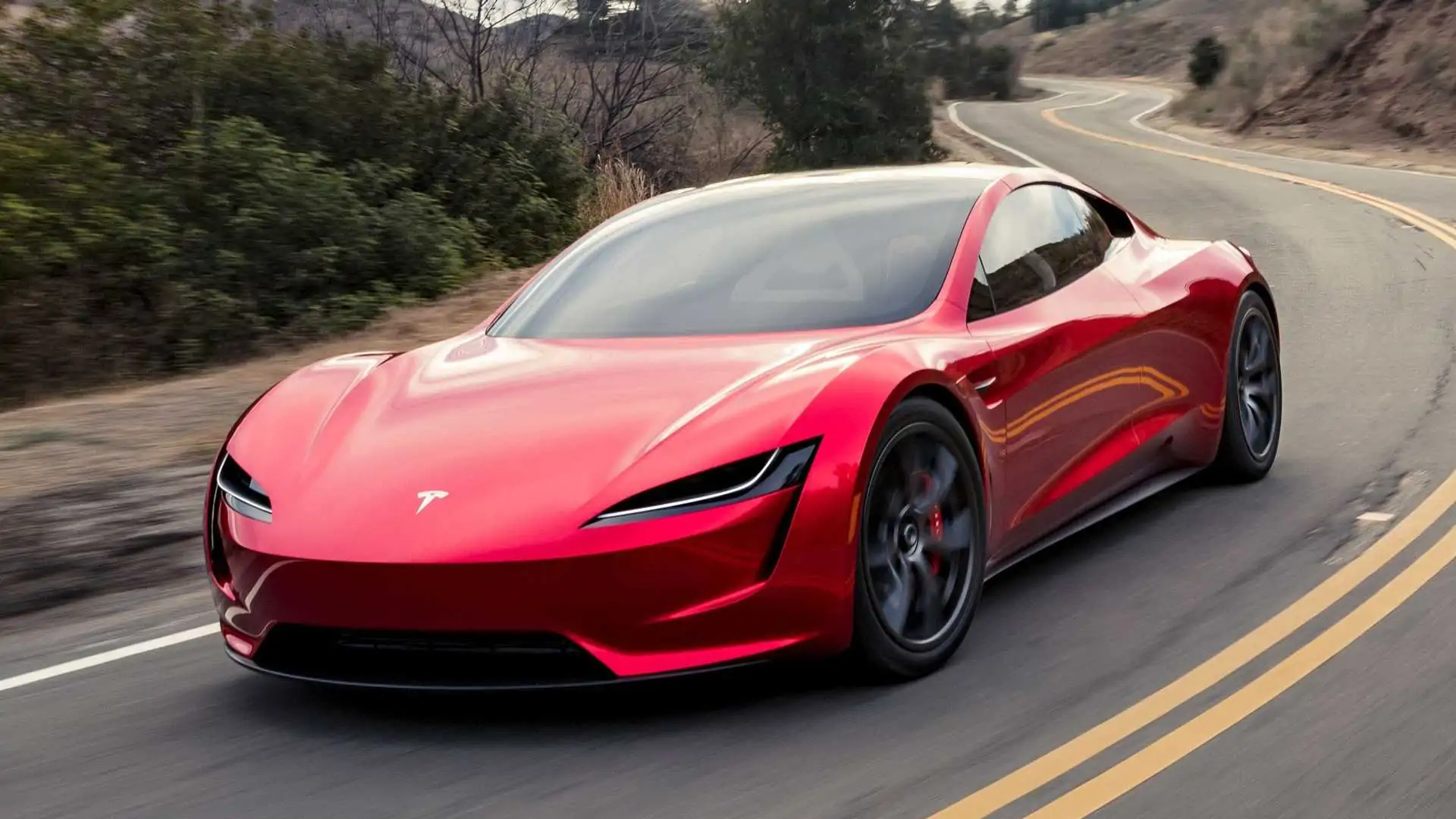Green Energy
Green energy is transforming the way we power our world, offering a cleaner, more sustainable alternative to traditional fossil fuels. The rapid growth of renewable technologies like alternative power generation (such as solar, wind, and hydrogen) and electric vehicles not only helps combat climate change but also opens up new opportunities for innovation and a more resilient energy future.
What are EV Chargers?
An EV Charger is, at it’s very simplest, a gas station for Electric and Hybrid vehicles. However, rather than pumping gas, it charges the batter array in your electric vehicle. It’s not all that different than plugging your phone into its charger. The EV Charger transfers power from the city’s electrical grid to your car’s battery array to recharge.
Levels of EV Charging
You may have heard chatter about the difference between Chargers and Fast Chargers. The truth is that there are actually 3 levels of EV Charging.
-
Description text goLevel 1 chargers are compatible with your ordinary home outlet. It is the slowest charger by far, but many utilities offer a time-of-use rate that make this charging more affordable at home. You manufacture typically includes this charger as part of your EV vehicle purchase.es here
-
Description teLevel 2 is what most home and public electric vehicles use and is where the distinction is made between an EV charging cable and an EV charging station. These require an installation and a more specialized outlet for homes. These chargers are capable of a full charge overnight.xt goes here
-
Level 3 DC Fast Chargers the fastest on the market and add a significant amount of charge back into your vehicle in a matter of minutes, rather than hours. Level 3 chargers come in 3 variants. Tesla Chargers (Superchargers) - made only for Tesla vehicles. CHAdeMO - standard plug for Asian Brands. CCS - standard plug for American and European bands. Many (but not all) charging stations offer a plug compatible for both CHAdeMO and CSS.
eTruck & eBus Fleet Charging
Fleet charging for eTrucks and eBuses is a key aspect of the transition to electric commercial vehicles. Charging infrastructure for electric trucks and buses can vary depending on the region, operator, and the type of vehicle. As of recent developments, fleet charging involves several types of charging solutions, pricing models, and technologies.
-
As the adoption of electric trucks and buses grows, there is an increasing need for scalable, reliable charging infrastructure, both at depots and along key routes. Expanding charging networks efficiently is crucial to preventing downtime and meeting growing demand.
-
Electric trucks and buses offer lower total cost of ownership compared to gas-powered vehicles, with savings on fuel, maintenance, and repair costs over their lifespan. As energy prices stabilize and governments provide incentives for electrification, fleets can achieve significant long-term financial benefits while contributing to sustainability goals.
-
Ultra-fast charging (350 kW+) is essential for minimizing downtime on long-haul routes and high-frequency urban bus routes. Expanding fast-charging networks is vital to ensuring that eTrucks and eBuses remain operational without delays.
-
Integrating renewable energy and Vehicle-to-Grid (V2G) technology into fleet charging helps reduce emissions and supports grid stability. Electric fleets can play a role in balancing energy demand while enhancing the sustainability of transportation networks.

What is Solar Energy?
Solar Energy is the power harnessed from the sun’s rays and converted into usable electricity through technologies like Solar Panels. This renewable energy source is one of the most sustainable and environmentally friendly options available today, as it generates no greenhouse gas emissions or air pollution during energy production. Solar panels, composed of photovoltaic (PV) cells, absorb sunlight and convert it into electricity, making solar energy a green way to power homes, businesses, and even large-scale commercial or industrial operations. As the sun’s energy is abundant, free, and inexhaustible, solar energy offers long-term solutions to reducing dependence on fossil fuels and combating climate change.
SGX Constructions specializes in providing expert solar installation services designed to help clients invest in long term energy costs reduction and embrace sustainable, renewable energy. From initial consultation and system design to professional installation and ongoing maintenance, our team ensures that each solar panel system is installed cleanly and efficiently. Our process is seamless, handling everything from property management communications to connecting your system to the grid, and we offer continuous maintenance and servicing to ensure your system operates at peak efficiency. With SGX Constructions, you can rely on a trusted partner for a cleaner, greener energy solution.

About Solar/PV Systems
-
A Grid-Tie PV System is potentially one of the most cost-effective ways to introduce solar as it does not necessarily require tying to an existing electrical system. By “Net-Metering” your solar generated power and feeding the grid itself, system owners can receive credits towards their electrical bill, reducing the overall electrical bill. In the most extreme cases, some owners can actually generate more power than they’re using, resulting in utilities paying the owner back for their power contribution.
-
Off-Grid PV Systems are systems that are not connected to a country/state/providence’s greater interconnected power management. For owners with a property in a remote location, this is typically the best solution for being self-sufficient and fully independent from any electrical utility. PV Systems will always range in power generation depending on many external factors. Without a Grid connection to rely on, it’s in owner’s bests interests to consider a substantial backup battery storage system or “ESS (Energy Storage System)”.
-
ESS systems work in the opposite way that a Grid-Tie system works. Where a Grid-Tie system would require using the grid’s power in the first place and being credited back after, an ESS system would be to store excess power and use that first, before pulling from the grid. If there is no need to pull from the grid, then there is no credit back.









